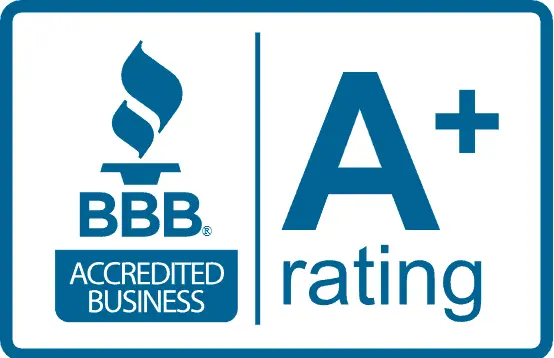Yes, professional duct installation is not just necessary—it’s essential for ensuring comfort, efficiency, and indoor air quality in both residential and commercial properties. HVAC ductwork acts as the circulatory system of your building, distributing heated or cooled air to every room. When ductwork is installed by experienced professionals, it’s designed with proper airflow dynamics in mind, using accurate load calculations, sizing, and routing to optimize performance. This ensures consistent temperatures, minimal air leakage, and improved energy efficiency, which translates to lower utility costs and reduced environmental impact.
For homeowners, professionally installed ducts mean quieter operation, fewer drafts, and better control over indoor climate. For commercial buildings, proper duct installation is even more crucial—it supports high-performance HVAC systems, helps meet local code compliance and ventilation standards, and promotes a healthier environment for occupants. Improper ductwork can lead to poor airflow, temperature imbalances, increased energy bills, strain on HVAC equipment, and even mold or air quality issues if not sealed and insulated correctly.
Professionals also use advanced tools to ensure ducts are sealed tightly and insulated where needed, preventing conditioned air from escaping into walls or attics. Whether you’re installing ductwork in a single-family home, retail space, office complex, or multi-unit property, investing in a qualified HVAC contractor for duct installation ensures long-term savings, safety, and reliable performance.

Professional installation ensures your ducts are properly sized, sealed, and routed to deliver balanced airflow, improve efficiency, and maintain indoor comfort.
Signs include inconsistent temperatures, high energy bills, visible damage to ducts, poor air quality, or if you're undergoing renovations or upgrading your HVAC system.
Yes. Commercial systems often require larger-scale ductwork, zoning for different areas, and stricter code compliance. Professionals tailor the design to the specific building type and usage.
It depends on the size and complexity of the property. A residential system may take 1–3 days, while commercial installations can take several days to weeks with planning and coordination.
Absolutely. Well-sealed, correctly sized ducts reduce energy waste by preventing air leaks and optimizing HVAC performance, which can significantly lower utility bills.






